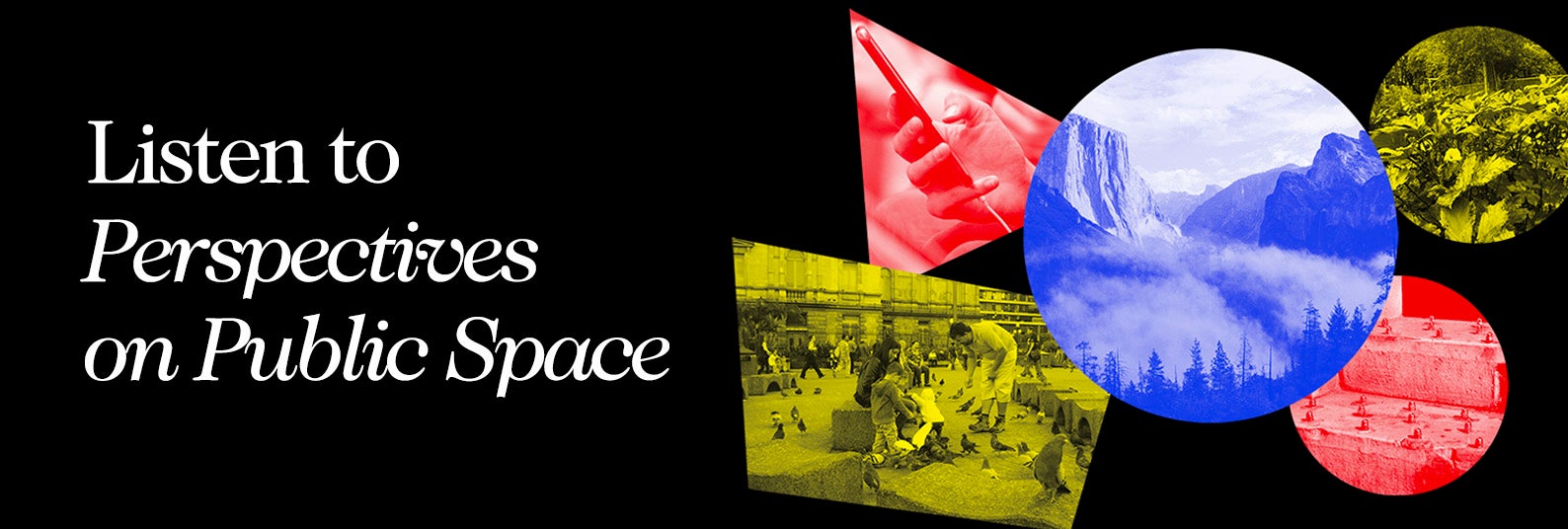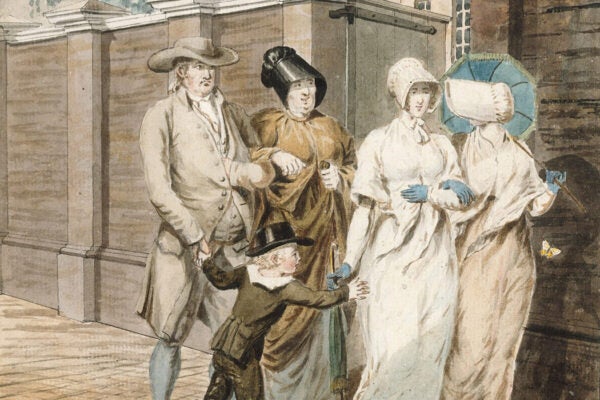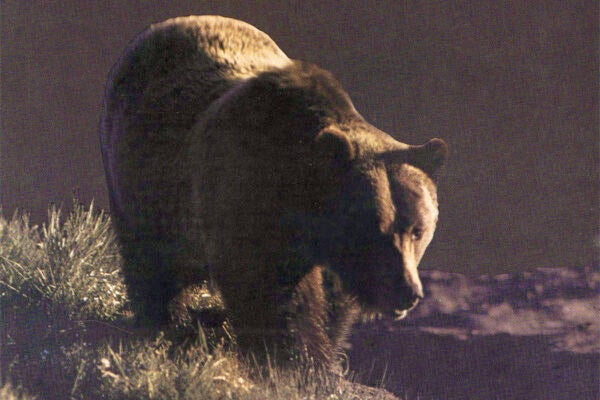People in the Pacific Northwest have been putting it in their pipes and smoking it for at least 4,500 years. The “deep antiquity of smoking in the region” is “among the earliest and longest records of ancient smoking pipes anywhere in the Americas,” write William J. Damitio, Shannon Tushingham, Korey J. Brownstein, R. G. Matson, and David R. Gang.
Indigenous people of the Pacific Northwest smoked wild coyote tobacco (Nicotiana attenuata) and Indian tobacco (Nicotiana quadrivalvis). This specificity has been revealed by residues extracted from the matrices of stone and clay pipes. Nicotine, the psychoactive alkaloid in the plants’ leaves, has also been found in local human dental remains. The evidence confirms “that tobacco was used by Pacific Northwest people prior to the arrival of Euro-Americans,” who brought cultivated tobacco (Nicotiana tabacum) with them, by millennia.
The tell-tale pipes come from numerous sites in the Pacific Northwest, especially in the inland Columbia Plateau region. It used to be said that the pipes were “found almost exclusively in burial contexts.” Because grave goods pipes were often made of steatite, “an uncommon, soft stone desirable for the ease with which it may be carved,” it was supposed smoking might have been a symbol of prestige, wealth, and/or power. Damitio and co-authors explain that pipes have actually been found in a variety of other “archaeological contexts, including house floors, hearth features, and caches.” In addition to steatite, sedimentary stones and basalt were also carved for pipes.
“The use of psychoactive plants to induce a variety of physiological effects, including altered states of consciousness, appears to be a nearly universal human tendency with potentially deep coevolutionary roots,” the authors write.
Nations in the Pacific Northwest also used various indigenous plants for psychoactive purposes, including Silver Wormwood (Artemisia ludoviciana), Bearberry (Arctostaphylos uva-ursi), Red Osier Dogwood (Cornus sericea, salal (Gaultheria shallon), Smooth Sumac (Rhus glabra), and Pacific Yew (Taxus brevifolia). Some of these were smoked. Bearberry, also known as kinnikinnick, was often mentioned by early twentieth-century ethnographers as a narcotic that was either smoked alone or mixed with commercial tobacco after contact with Euro-Americans.
More to Explore
How Books Taught Europeans to Smoke
Tobacco itself was “regarded as a sacred and powerful plant that could serve in recreational, ceremonial, and medical roles” in the Pacific Northwest. This follows a global pattern, for the powers of nicotine made these “plants of interest for peoples around the world.” Nicotine still has a strong hold on many across the globe.
Most species of tobacco seem to have originated in South America, including Nicotiana tabacum, the hybrid grown around the world for tobacco production today. Europeans were first introduced to tobacco in the Caribbean in the late fifteenth century. To feed the new-found demand in Europe, colonialists quickly turned the plant into a plantation crop. It became one of the primary extractable products of the Americas—and an important impetus for the introduction of slave labor.
Weekly Newsletter
Coyote and Indian tobacco are Nicotiana species indigenous to the Pacific Northwest. As it happens, this is about as far north as wild tobacco grows. And the middle Columbia Plateau area “may constitute the northern limits of tobacco use in the Late Archaic” period (which ended circa 1000 BP).
However, another study published in the same year suggests that Paleoindians may have chewed or smoked tobacco much further back—12,300 years ago in what is now the Utah desert but was then waterfowl-rich wetlands.








